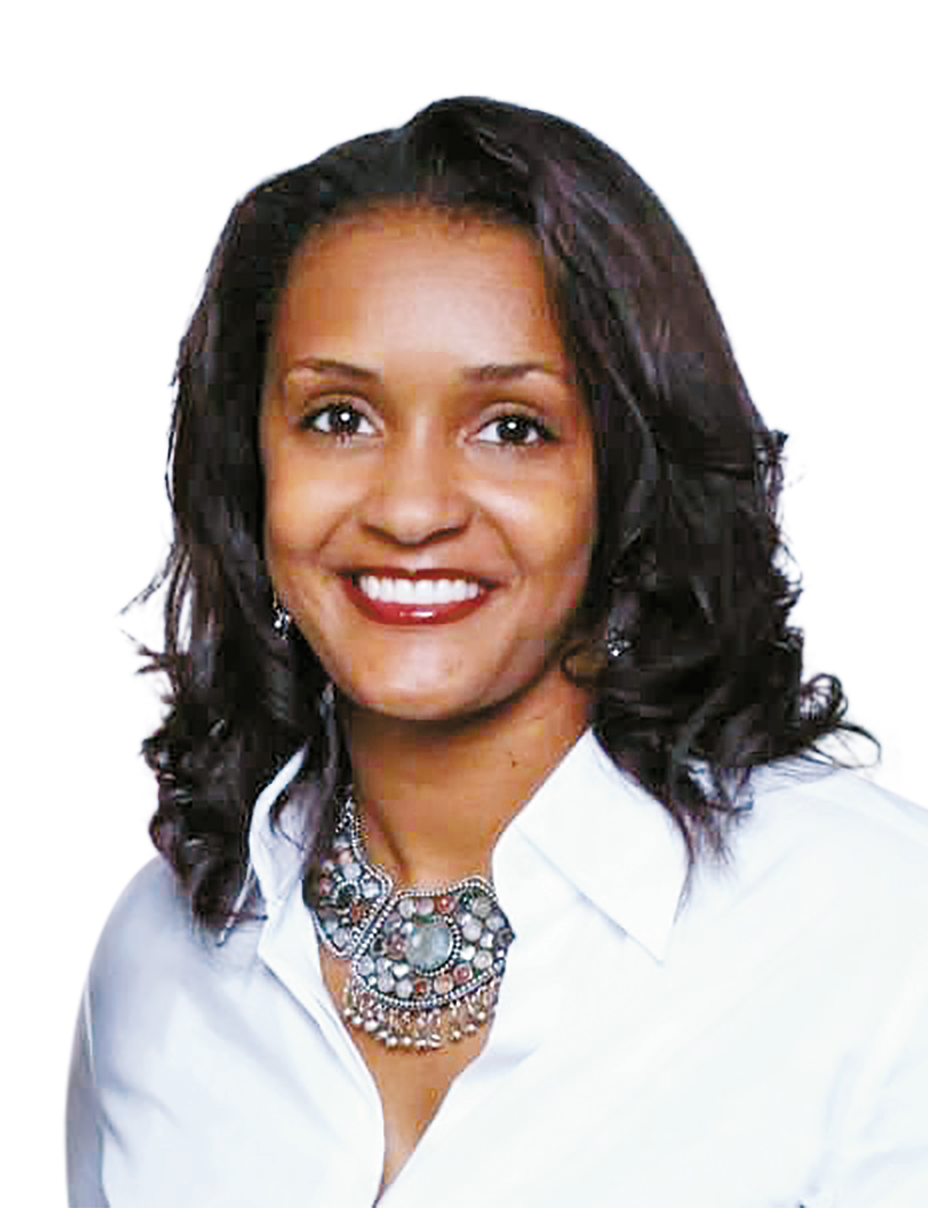Preventing Errors with High-Risk Medications
Medication errors cost the U.S. healthcare system $21 billion annually.

Brenda Doughty, MBA, RN-BC, CVRN-BC

Vincent Vidaurri, PharmD, BCOP

Medication errors present a global challenge that threatens the quality of care and patient safety and contributes to continually escalating healthcare spending.
Medication errors result in 2% to 5% of all hospital admissions worldwide-the majority of which experts believe are preventable, according to the Agency for Healthcare Research and Quality.1 As many as 30% of patients who are hospitalized encounter some degree of medication-related harm, and 7% of these incidents are severe. At least 7 million patients fall victim to preventable medication errors, costing the U.S. healthcare system $21 billion annually. Moreover, not only is the problem associated with increased lengths of stay in the inpatient setting, but it increases morbidity, mortality, and additional costs to the healthcare system.2 Despite these statistics, more than 25% of these error incidents are entirely preventable. This presents pharmacists with prime opportunities to prevent these mistakes and ameliorate the problem.2
“The pharmacy profession is well-positioned to manage high-risk medication errors, but we have to be willing to convince the leadership of value in this area and step into this role,” says Vincent Vidaurri, PharmD, BCOP, clinical oncology pharmacist at the University of Colorado Health in Fort Collins, CO.
What Contributes to Errors?
Taking on such responsibility can be arduous because any factors increase the risk for medication-related harm. Among these are advanced age, renal impairment, presence of chronic disease and comorbidities, the complexity of the patient’s medication regimen, and the administration of high-risk medications.2,3 Each medication added to a regimen increases the risk for medication-related harm exponentially. In the inpatient setting, for example, administering two medications carries a 13% risk for harm, but the risk jumps to 82% for patients receiving seven or more medications.2
Trending: Criminal Opioid Charges Piling Up Against Pharmacists, Distributors
Additionally, medications that are classified as “high-risk” can vary depending on the practice setting, and may include antineoplastics, anticholinergics, insulin and other hypoglycemics, antimicrobials, opioids, potassium and other electrolytes, anticoagulants, and heparin.2,4 While medication safety is problematic across the board, pharmacists and other healthcare providers can expect to encounter different and/or additional challenges depending on the environment in which they work.
“Because all medications work together to optimize treatment, I would say each medication can be considered high-risk,” observes Brenda Doughty, MBA, RN-BC, CVRN-BC, cardiac rehabilitation manager at Texas Health Arlington Memorial Hospital.
Home Health Care Challenges
Where a patient receives care plays a critical role in medication-related challenges and the risk for medication errors.
While the total number of homebound U.S. residents remains unclear, 3.4 million Medicare patients received home care in 2017.5 About one-third of older patients who received home health services either take medications inappropriate for older patients or have a potential medication-related problem. Environment and other patient circumstances often create a backdrop conducive to medication-related errors in patients who are homebound-a problem that again becomes exponentially more complicated in the elderly.
Continue reading on page 2...
Melissa Morgan-Gouveia, MD

Marre Barnette, MSN, RN, CNS

Michael Dejos, PharmD, BCPS

Melissa Morgan-Gouveia, MD, a geriatrician with Christiana Care Health System in Delaware, says older persons often take potentially harmful products such as OTC medications and dietary supplements that do not appear in their medication history. Among these are NSAIDs and anticholinergics-two drug classes that are available OTC and routinely land on the Beer’s List of High-Risk Medications.6 She encourages home-health providers to alert the patient’s prescriber(s) and pharmacist of any OTC medications in the patient’s regimen that may not typically appear on the patient’s medication list. She also recommends that home-health providers collaborate with pharmacists to update the patient’s medication list, coordinate follow-up, and monitor to assess the effects of medication changes.
Oncology Challenges
Managing an accurate list of medications is particularly challenging in oncology, Vidaurri says, especially for patients who see multiple out-of-network providers. There are added complexities for the many patients who receive medications from multiple pharmacies, including traditional community or independent practices and specialty pharmacies.
Even with the best efforts to reconcile a patient’s medication list and provide education, some errors still occur because of the patient’s medication comprehension and his or her home and social environment. The precarious nature of antineoplastics-many tend to have narrow therapeutic indices and require individualized dosing-raises the stakes even more.
Read More: Walmart Layoffs Impact Senior Staff
“Despite all the technology, education, and office visits, there are times when patients take the medication incorrectly because they don’t understand how to take it, they have too many medications to manage, and they lack the outside support system to help them,” Vidaurri says.
Hospital Challenges
The combination of medical histories that either are incomplete or absent, intricate monitoring requirements, complexity of the disease state, and other issues create the perfect recipe for medication errors in the inpatient setting. While medication errors may or may not be more common with high-alert medications, Michael Dejos, PharmD, BCPS, says the consequences of errors with high-alert medications may be more devastating to patients. Dejos is medication safety officer at Nemours in Wilmington, DE, and immediate past chair of the ASHP Section of Inpatient Care Practitioners Advisory Group on Medication Safety.
Some error prevention strategies are universal to many healthcare settings, but he recommends the following in the hospital:
- Employ a medication safety leader to create guidances and establish a safety program.
- Standardize and limit the concentrations on the hospital formulary, and use nationally standardized concentrations when available. These help prevent error-prone calculations, reduce waste, streamline inventory, and facilitate the use of premixed IV solutions.
- Have an action plan for drug shortages. Organizations should have a plan in place for situations where medications may be available only in a different size, dosage form, or concentration. Organizations should develop strategies that examine the implications of product changes for frontline staff, dispensing system automation, and electronic health records.
- Standardize the ordering, storage, preparation, and administration of medications. Limit access to high-alert medications, allow use of auxiliary labels, automated alerts, and other redundancies.
Patient and Professional Education
Experts generally agree that mitigating and eliminating medication errors requires interdisciplinary and intercollaborative efforts among healthcare professionals. Pharmacists and other appropriate healthcare providers should invest time in counseling patients, Doughty says. Patients should know the name, frequency, dosage, indication of each of their medications, and the duration of their therapy.
Trending: Vaccinations in the Pipeline
Organizations need to have interdisciplinary meetings and hold people accountable so that all staff is on the same page, explains Marre Barnette, MSN, RN, CNS, director of operations for Fresenius in Cincinnati. “It’s important to reiterate education multiple times over months, especially after new initiatives have come out, to assure the ‘stickiness’ of the education and training.”
Identifying errors presents an opportunity for practitioners and healthcare organizations to use data gathered from external errors to help inform and augment their international safety and continuous improvement efforts and processes.
Michael Gaunt, PharmD

Continue reading on page 3...Michael Gaunt, PharmD, medication safety analyst at the Institute for Safe Medication Practices (ISMP) believes denial and reluctance to learn from external challenges sets the stage for additional errors. “Despite repeated descriptions of harmful and fatal errors in publications, many organizations fail to use this information to decrease the risk of similar errors,” he says. “Biases that cloud the way we judge the behavior of others when errors happen often thwart our ability to learn from their mistakes, and unfortunately, recommended actions go unheeded by those who feel they don’t apply to them.”
Pharmacists and other healthcare professionals can help mitigate medication errors, Gaunt adds, by:
- Creating collaborative, proactive work environments that encourage all staff to track down reports of all errors and risk.
- Using reports of errors as learning opportunities for making targeted improvements.
- Establishing a systematic way to identify and review information about external errors-errors that happened elsewhere-and to assess the organization’s vulnerability to similar errors.
- Identifying reliable sources of information about external errors, such as ISMP newsletters, peer-reviewed journals, and alerts from the FDA.
- Establishing group (practice site level, district level, corporate level) responsibility for reviewing the external errors or events, with standing items on meeting and committee agendas.
- Providing regular safety webinars or safety conferences to keep all staff updated on emerging issues and strategies.
- “Accomplishing these tasks requires leadership commitment, an infrastructure for learning, and a willingness to take action,” Gaunt says.
Resistance to Collaboration
Pharmacists’ medication-centric training and unique patient relationships empower them to address medication errors. A prospective observational 2017 study evaluating high-risk medication errors in hospital-admitted diabetes patients found that clinical pharmacists identified 3,947 (100%) of medication discrepancies.7 Of these errors, pharmacists caught 2,676 errors for 904 patients upon admission, and identified 1,271 discrepancies for the 865 who completed the study upon discharge.
However, there may be push-back from other healthcare professionals who fail to share the same perspective regarding potential errors pharmacists might uniquely identify. In these situations, Dejos encourages pharmacists to keep patient safety at the forefront in guiding the dialogue. The situation may require stronger courses of action such as escalating issues up the chain of command. Pharmacists should use assertive statements such as, “I am concerned,” “I am uncomfortable,” or “This is a safety issue,” to help get attention and participation.
Read More: Opioid Prescriptions Are Still Prolific, But Deaths Fall
Pharmacists, especially community pharmacists, will play an increasingly important role in identifying and preventing medication-related errors, Vidaurri adds.
“We need to shatter the assumption that systems are safe until proven dangerous by a tragic event,” cautions Gaunt. “No news is not good news when it comes to patient safety.”
Page 4: References
References
1. Latimer S, Hewitt J, Stanbrough R, McAndrew R. Reducing medication errors: teaching strategies that increase nursing students’ awareness of medication errors and their prevention. Nurse education today 51(2017)7-9. Doi: 10.1016/j.nedt.2017.02.004.
2. Falconer N, Barras M, Cottrell N. How hospital pharmacists prioritise patients at high-risk for medication harm. Res Social Adm Pharm. 2018 November 8. Doi: 10.1016/j.saphram.2018.11.003
3. da Silva, Krishnamurthy K. The alarming reality of medication error: a patient case and review of Pennsylvania and national data. J Community Hosp Intern Med Perspect. 2016;6(4): 10.3402/jchimp.v631758
4. Leversha A. Medication errors to watch for- 6 high risk medications. The Ausmed website. Available at: https://www.ausmed.com/cpd/articles/high-risk-medications. Accessed on June 1, 2019.
5. Ornstein K, et al. The epidemiology of the homebound in the United States. JAMA Intern Med. 2015 Jul: 175(7):1180-1196. Doi:10.1001/jamainternmed.2015.1849.
6. Ornstein K, et al. The epidemiology of the homebound in the United States. JAMA Intern Med. 2015 Jul: 175(7):1180-1196. Doi:10.1001/jamainternmed.2015.1849.
7. Breuker C et al. Patients with diabetes are at high risk of serious medication errors at hospital: interest of clinical pharmacist intervention to improve healthcare. Eur J Intern Med. 2017; 38(38-45).
